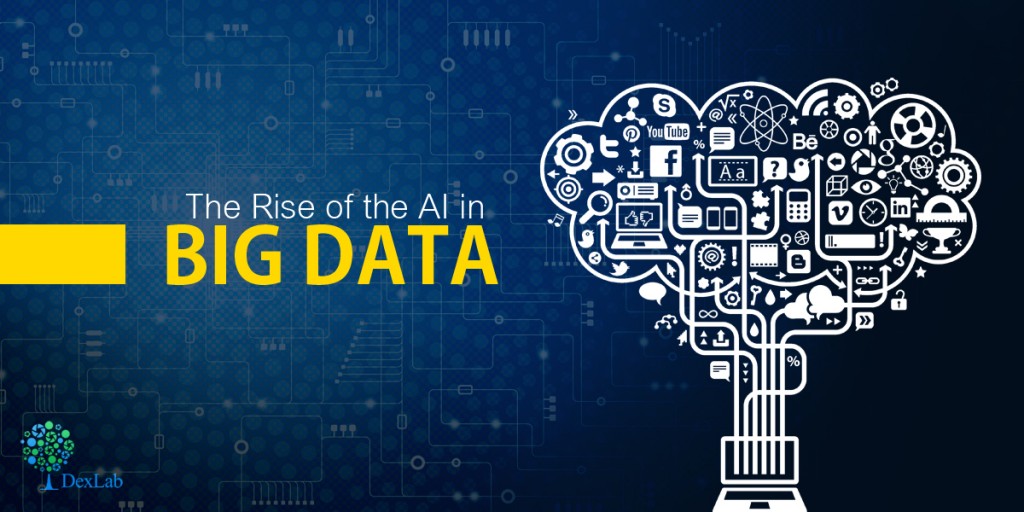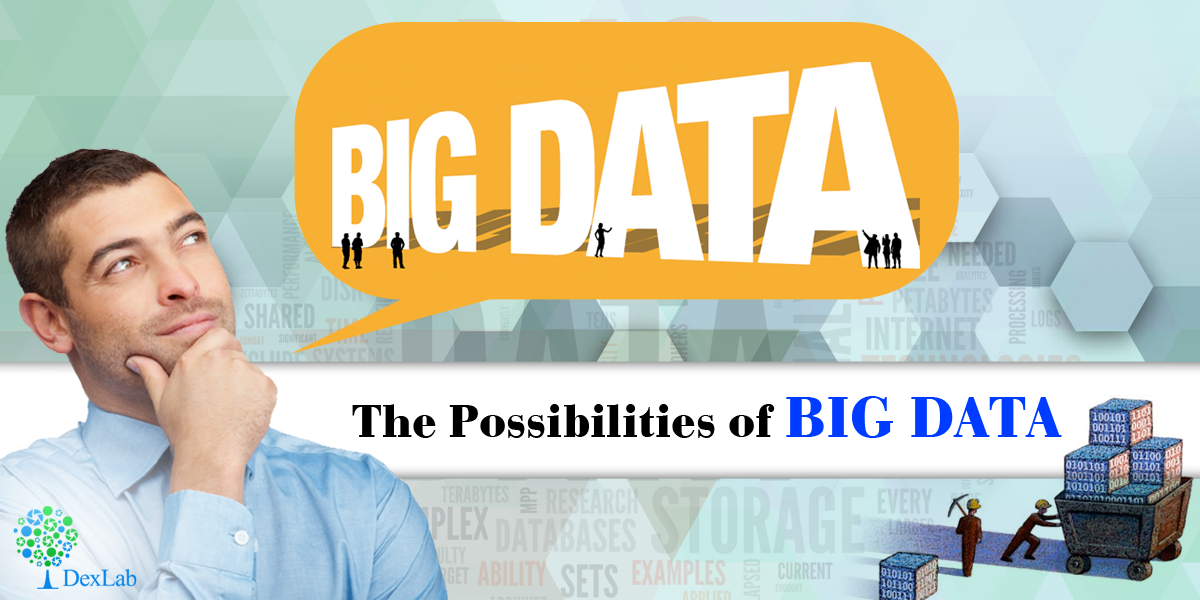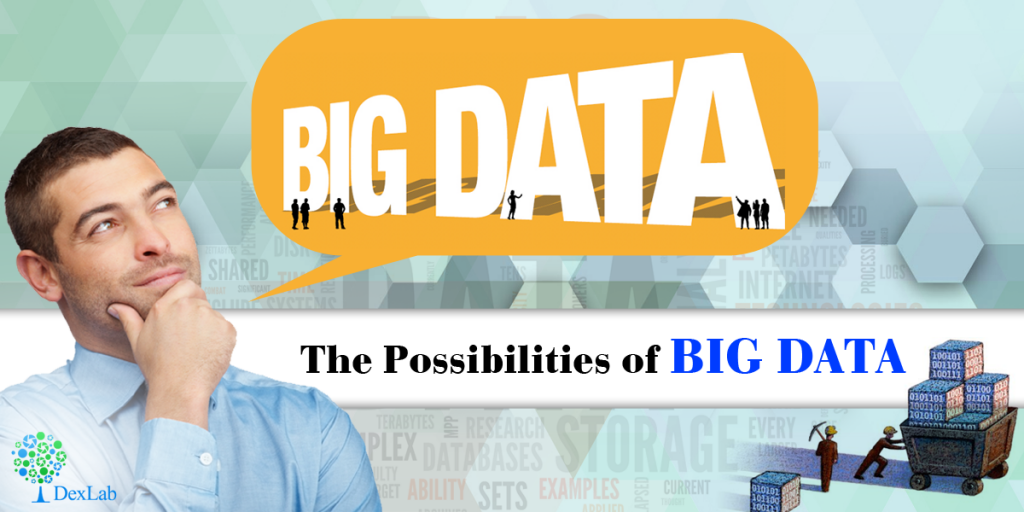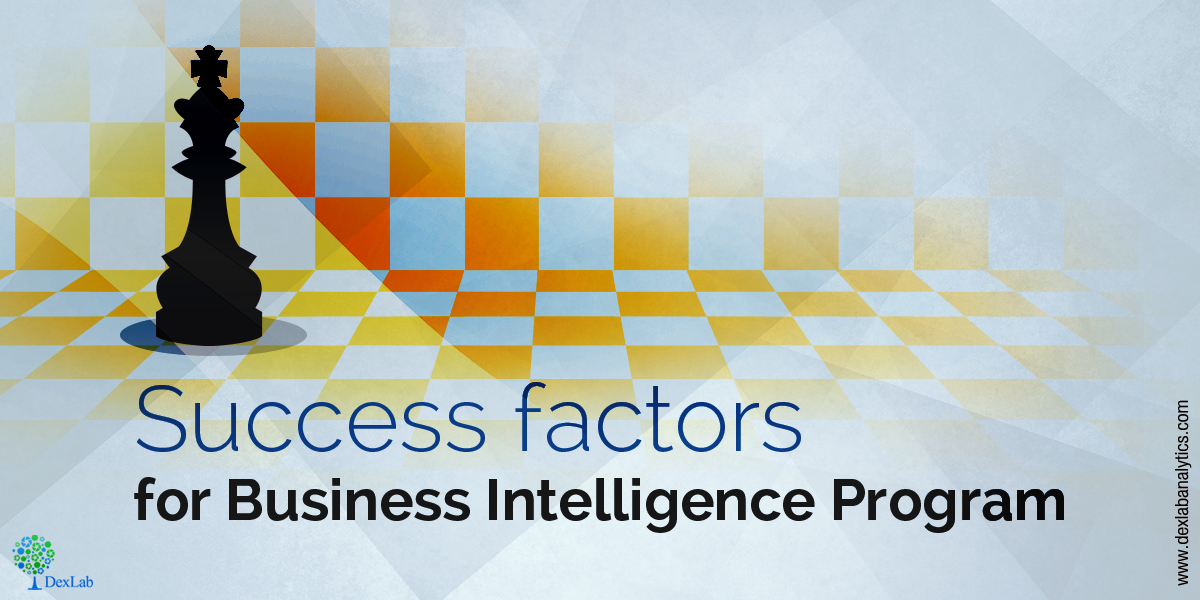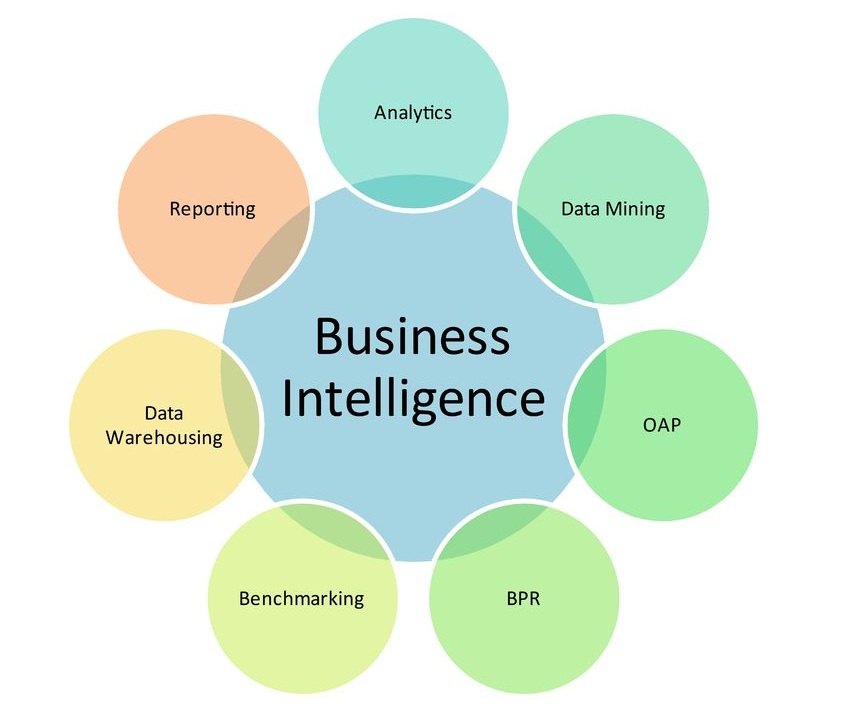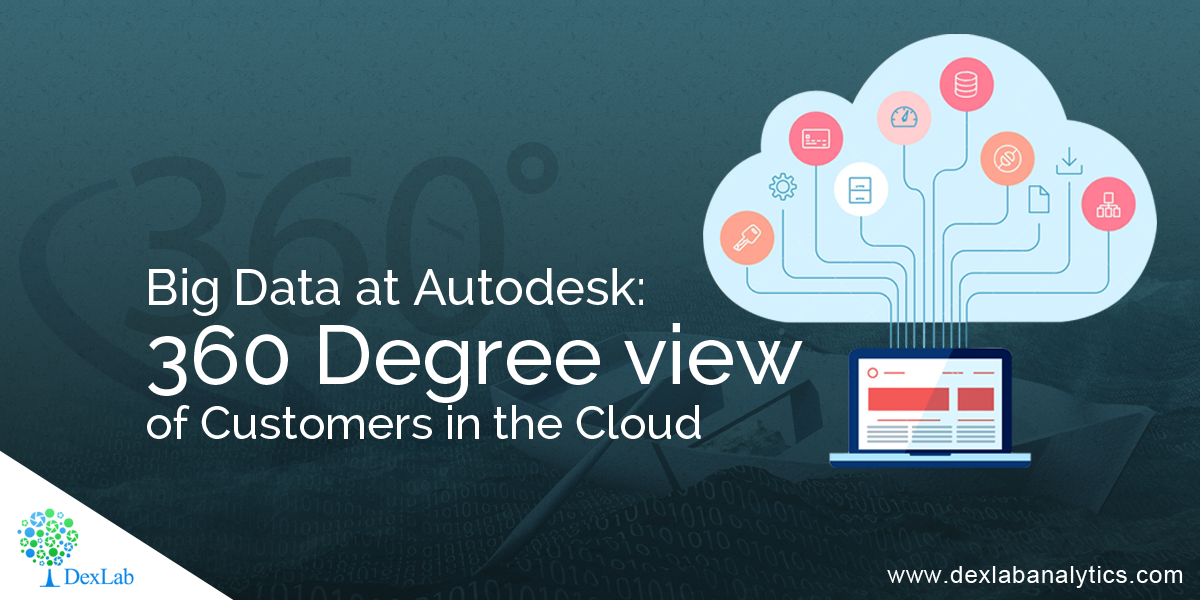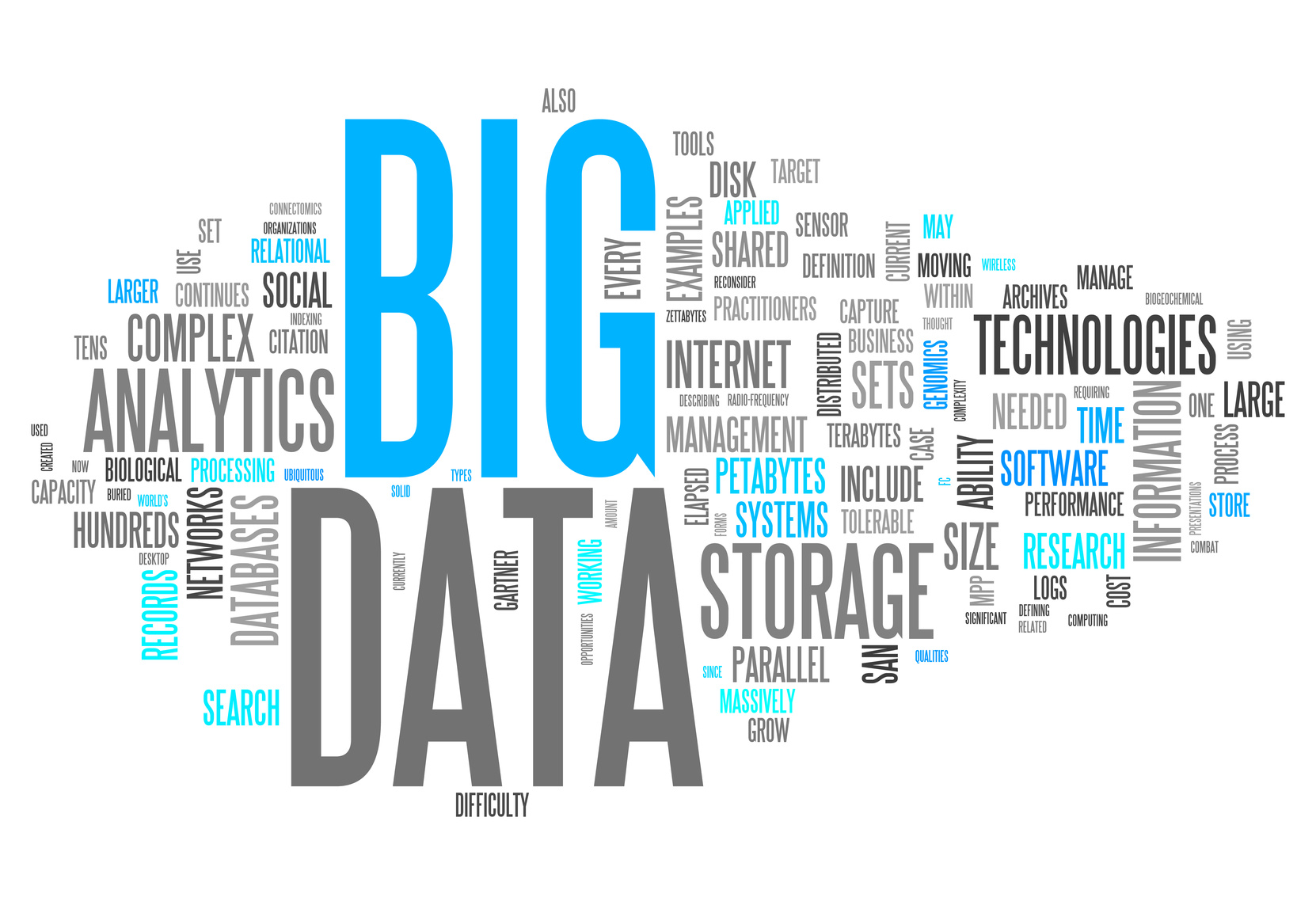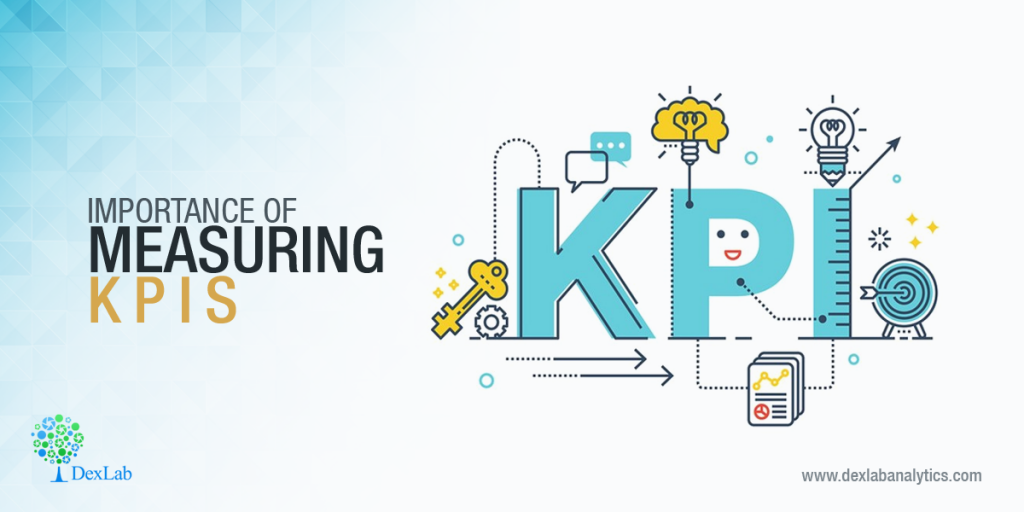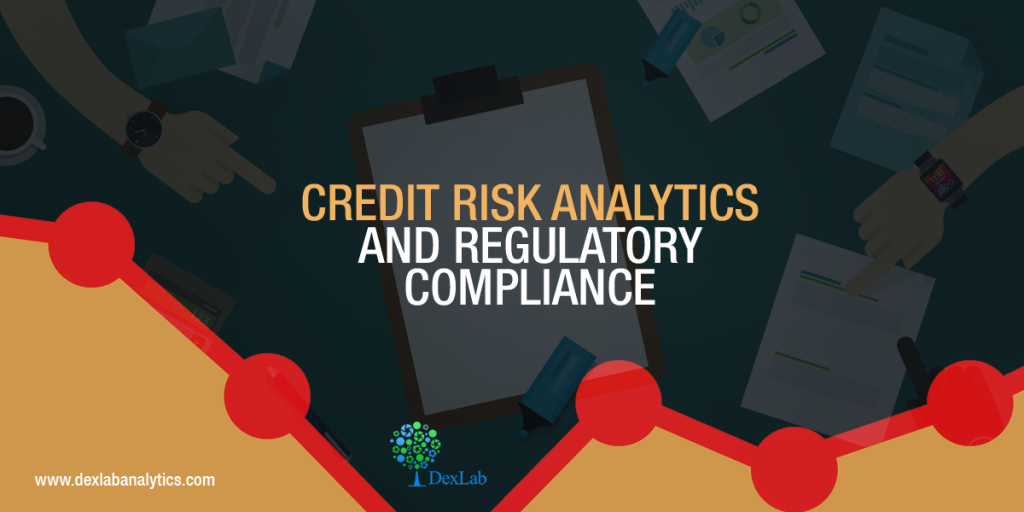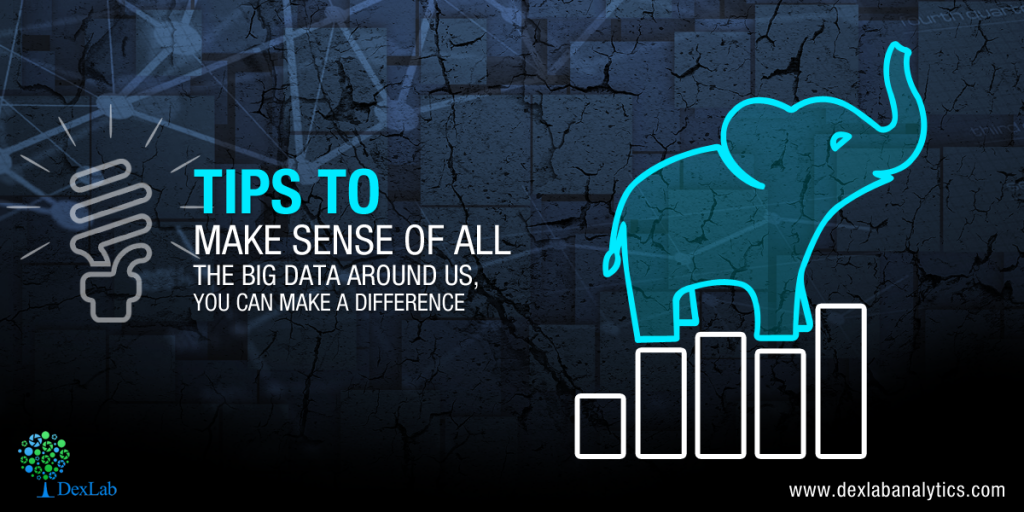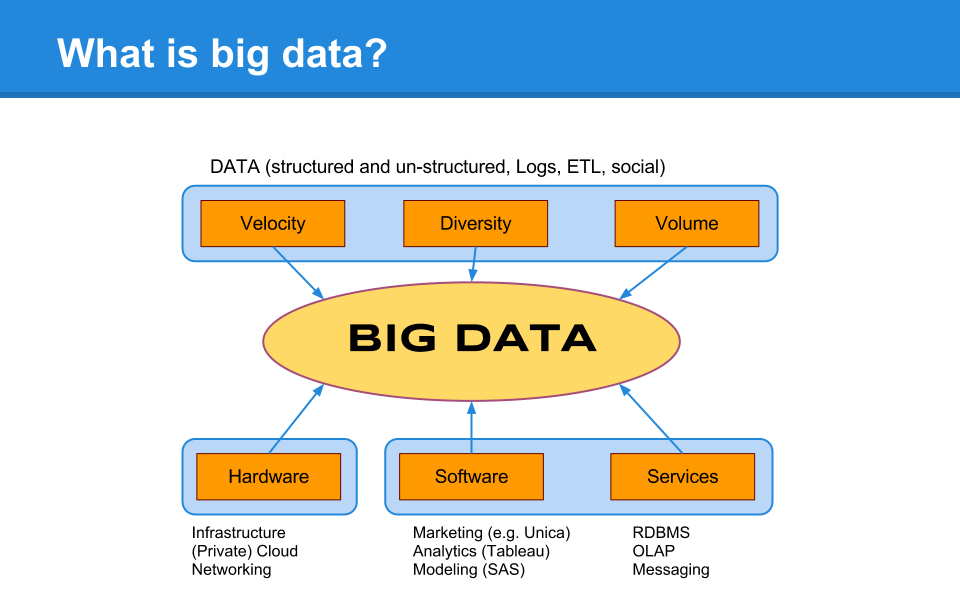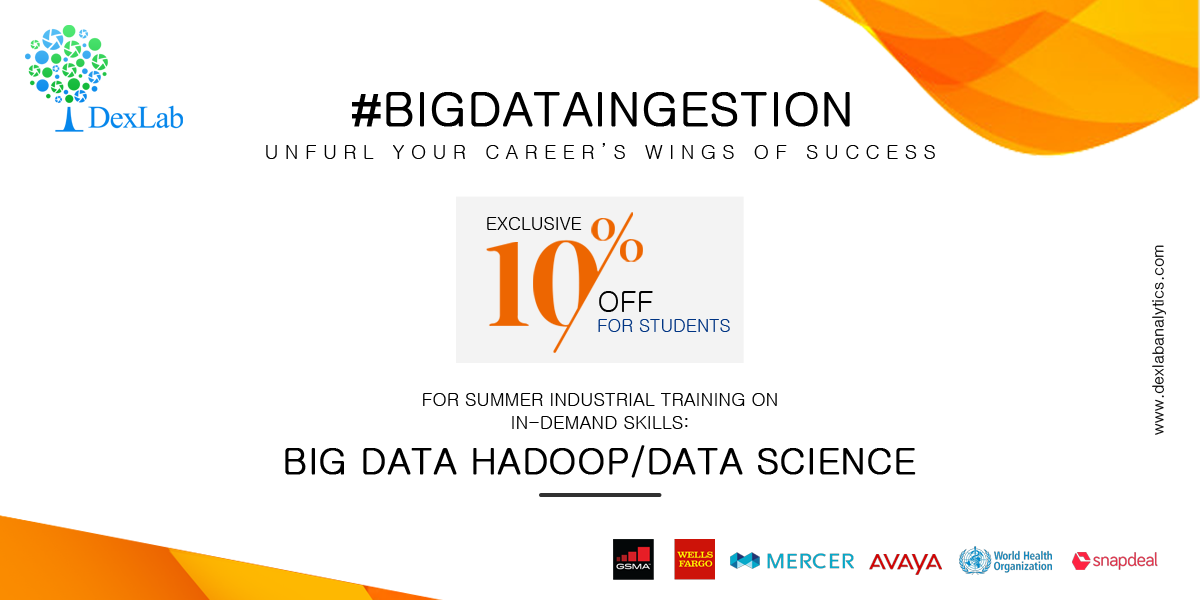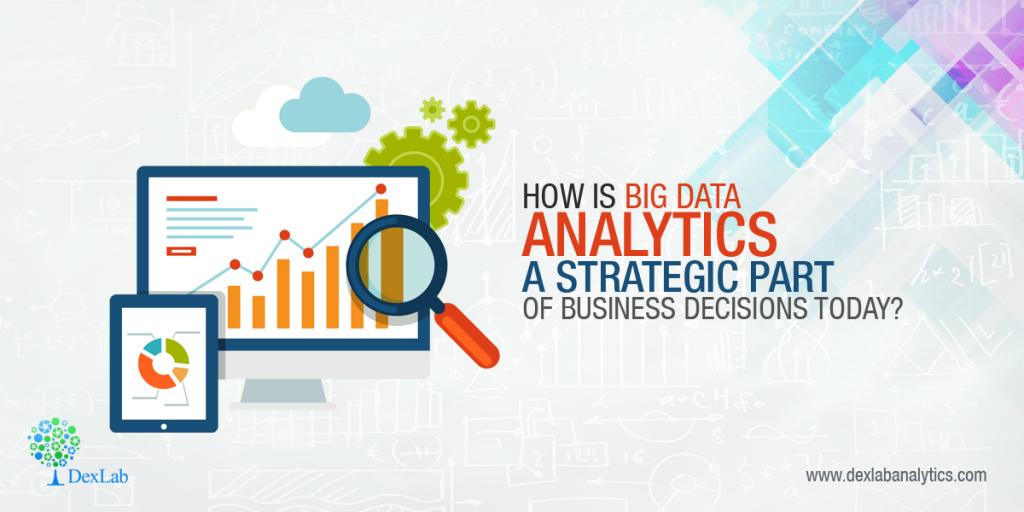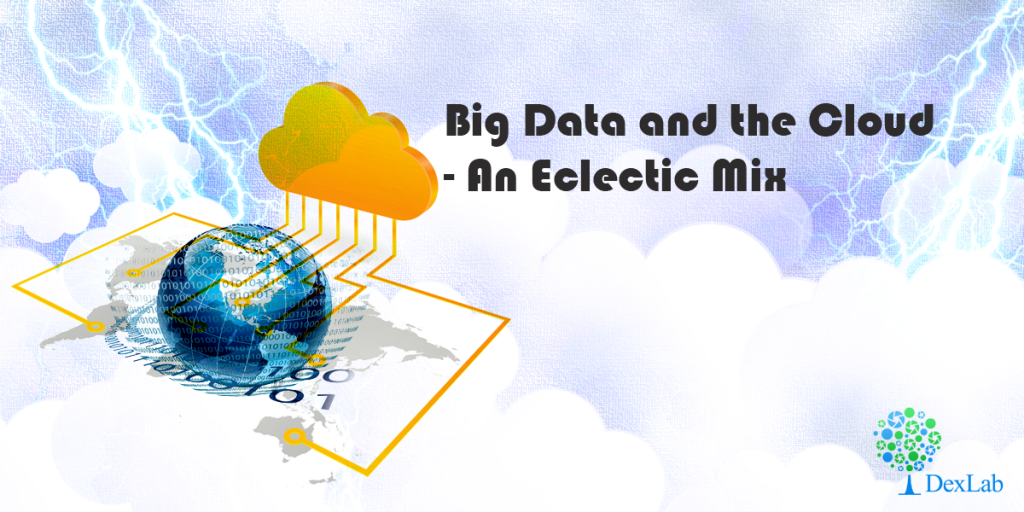
The FINRA or The Financial Industry Regulatory Authority, Inc. makes analysis of up to no less than 75 billion events each and every day. It is little wonder then that it finds its data center nearly filled to capacity. FINRA is looking forward to migrating to the cloud in order to continue to provide the protection for investors and continually respond to the market that it is famed for.
According to Matt Cardillo who is the Senior Director at FINRA, they are eyeing the elasticity that is enabled by cloud storage. He further continued also on their radar was an approach change in order to respond to market and volume data change along with changes in the behavior of users. Volatile markets result in usage spikes and also attract a whole lot more of users in their system.
The surveillance program undertaken by FINRA performs analysis of data for suspicious activities as well as potential fraud. Their algorithms go through and analyze the data for any abnormalities or activities that might not be normal. They have in place alerts and exceptions that take stock of situations and then have access to analytics that help to determine if there is indeed a problem or whether it is a false call.
Stay Ahead of the Big Data Curve
Almost every day a new tool emerges to take stock of Analytics in the brave new world of Big Data Tech. According to Cardillo the kudos for staying ahead of the big data curve goes to the skilled staff at FINRA. He says that his people are innovative and are only too keen to embrace the latest advancements in technology. He confesses that after reverting to the cloud some of their present tech as well as tools will become irrelevant. But they are banking big on open source especially frameworks like Hive, Hadoop and Spark to get most out of the elasticity needed by their business.
Interested in a career in Data Analyst?
To learn more about Data Analyst with Advanced excel course – Enrol Now.
To learn more about Data Analyst with R Course – Enrol Now.
To learn more about Big Data Course – Enrol Now.To learn more about Machine Learning Using Python and Spark – Enrol Now.
To learn more about Data Analyst with SAS Course – Enrol Now.
To learn more about Data Analyst with Apache Spark Course – Enrol Now.
To learn more about Data Analyst with Market Risk Analytics and Modelling Course – Enrol Now.


